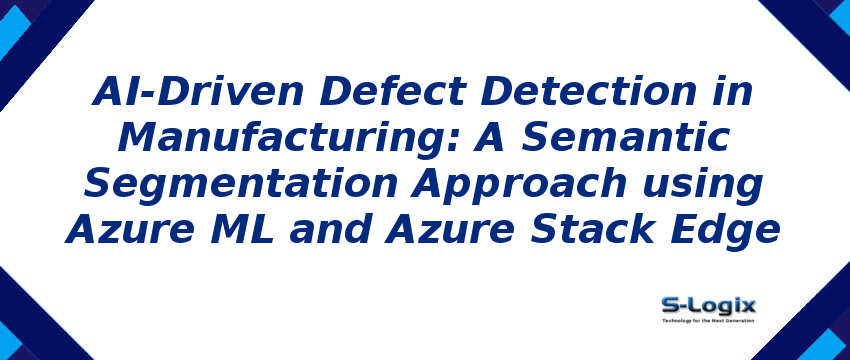
| Azure Service | Purpose in Project |
|---|---|
| Azure Machine Learning Service | Model training, experiment tracking, and pipeline automation |
| Azure Blob Storage / Azure Data Lake | Storage of annotated defect images and datasets |
| Azure Compute Instances / GPU VMs | High-performance compute for training semantic segmentation models |
| Azure ML HyperDrive | Hyperparameter optimization for segmentation networks |
| Azure Stack Edge | On-premise, low-latency deployment of defect detection models on the factory floor |
| Azure Container Registry (ACR) | Storage and management of Docker images for deployment |
| Azure Monitor & Application Insights | Monitoring, telemetry, and logging of deployed models |